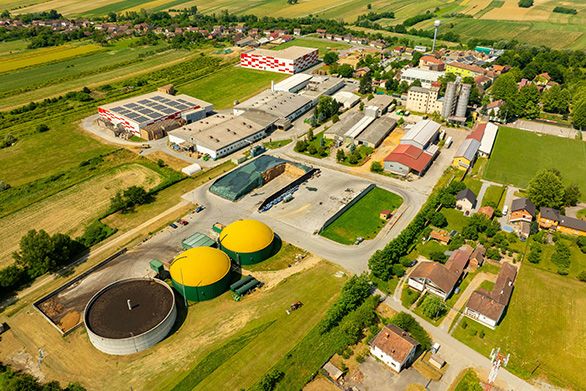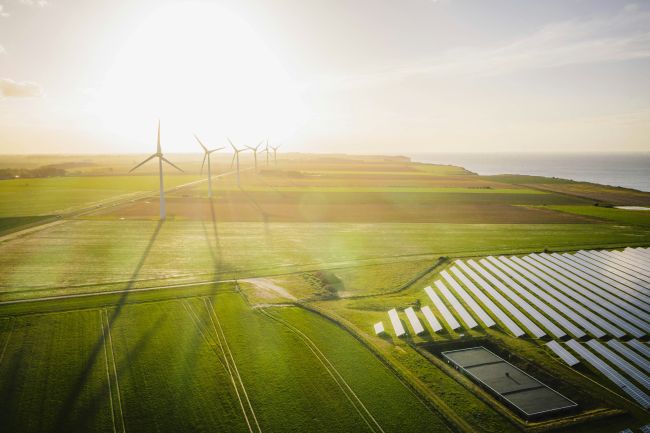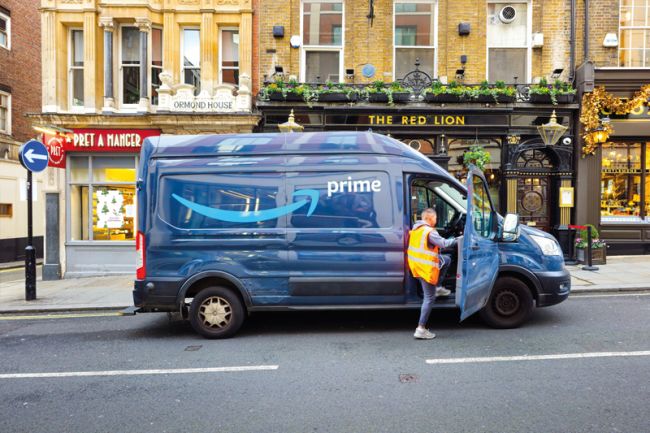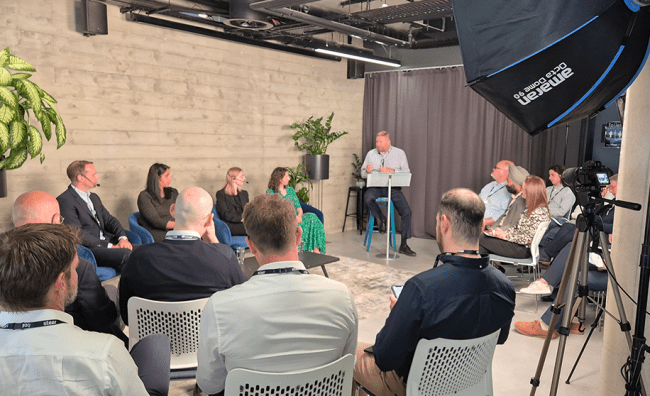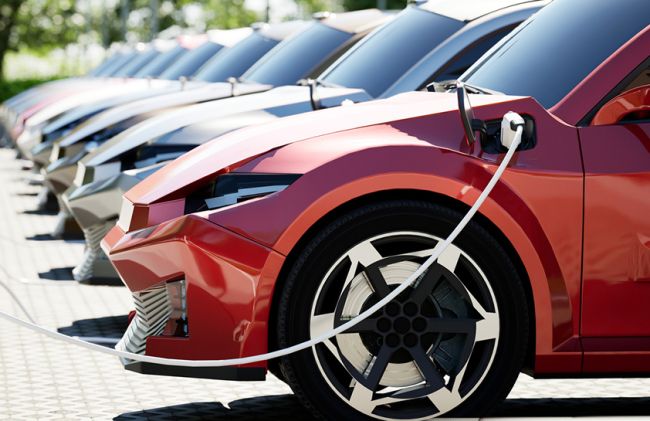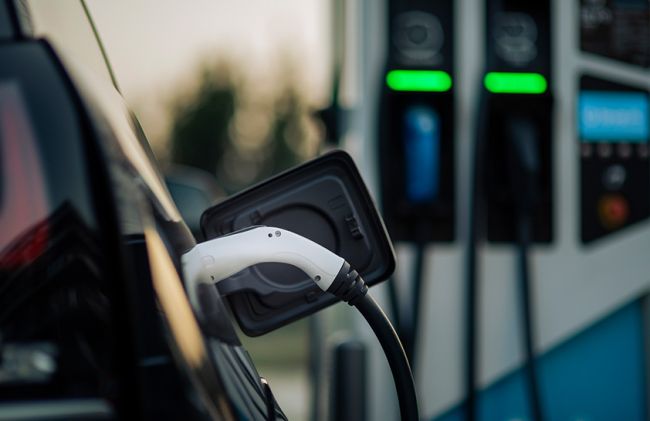Decarbonizing the ports and maritime sector: The challenges and opportunities
As the world eyes net zero by 2050, what are the challenges and opportunities of decarbonizing the ports and marine industry?

As the world eyes net zero by 2050, what are the challenges and opportunities of decarbonizing the ports and marine industry? It is an increasingly pressing question and one which must be answered, given the fundamental role of the ports and maritime sector in international trade and supply chains.
Globally, 11 billion tons of goods are transported by ship each year, and in 2019, the value of global shipping was $14 trillion*, with this figure almost completely recovering in 2021 after a 4% drop due to the pandemic. The ports and maritime sector also proved to be resilient to the pandemic, thanks to the blending of revenues from quay and yard/ storage services.
However, historically 99% of shipping fuel-needs have been met by fossil fuels, and in 2022, shipping accounted for 2% of energy-related emissions globally, according to the International Energy Agency.
The International Maritime Organization (IMO) has the worthy goal of halving the industry’s greenhouse-gas emissions by 2050 compared to 2008 levels. From my experience in the sector, I can identify four key topics bringing challenges and opportunities to the ports and maritime sector. These span across three parts of the maritime ecosystem: shipping, ports and terminals, and accessibility.
To begin with shipping itself, there is the challenge of decarbonizing fleets, which are currently mainly powered by fossil fuels. As with other modes of transport, there are a number of options, including electrification, LNG, hydrogen, and more broadly, biofuels. New technology adoption will inevitably vary by shipping sub-sectors, ship service patterns and dimensions.
This change in ship technologies will have knock-on effects on ports, which will need to store and provide appropriate fuel to vessels, posing an enormous logistics challenge given the potential for a shipping fleet which is very diversified in terms of fuel technology. Shipping decarbonization will call for actions of both Port Authorities as landlords/ grantors of port areas, as well as to privately owned terminals.
Within the matter of re-fuelling infrastructure lies the third topic of Onshore Power Supply (OPS). While dwell times at ports can significantly vary by sector (e.g. container, ferry, cruise) and ship dimension, ship stays at ports have impacts on local pollution and noise, and shifting from traditionally fuelled engines to electricity provision at berths can benefit ports and the neighbouring urban areas. Moreover, local power sources could be more sustainable, e.g. through use of renewables, such as wind and solar.
The fourth challenge pertains to port accessibility and freight. This extends the ports and maritime ecosystem to the essential topic of landside accessibility in an end-to-end supply chain perspective. Ports intermodal connectivity and specifically rail is not only more sustainable but contributes to easing port congestion. While there is a strong policy push to shifting to rail in many locations, it will require multiple actions with reference to port infrastructure, dry ports capacity, rail network technical performance and service efficiency.
The international legislative picture
All this takes place against the backdrop of a patchwork of different regulatory frameworks which will vary from state to state across geographies in the globe. There will be a push to end fossil fuel-powered shipping but there is no guarantee of uniformity from port to port. This calls for coordinated actions which meet the international nature of the ports and maritime sector.
Examples of legislation and international agreements on maritime decarbonization:
- FuelEU Maritime: This EU Regulation was adopted by the European Council in July 2023, and it is a key component of the EU Fit for 55 package; it aims at increasing the uptake of greener fuels in the maritime sector, including Onshore Power Supply (OPS).
- The Alternative Fuels Infrastructure Regulation (AFIR): This Regulation is also part of the ‘Fit for 55’ package and has turned the 2014 Directive on Alternative Fuel Infrastructure into a regulation, which also includes OPS at ports.
- The Emissions Trading System (ETS): An emissions cap-and-trade system in the EU which will include maritime transport. The corresponding UK ETS will include similar provisions from 2026.
- The Energy Taxation Directive (ETD): The EU Directive sets out minimum tax level on energy types; its extension to shipping is currently under discussion at EU level.
- The American Jobs Plan, Inflation Reduction Act and Infrastructure Bill: These separate pieces of legislation could all have implications to the US maritime sector to varying degrees.
- Zero-Emission Shipping Mission: A public-private initiative spearheaded by the governments of the US, Norway and Denmark.
The direction to maritime sector decarbonization appears set, and this will have implications and impacts for private and public players in the maritime ecosystem, all of whom will have to plan investments and assess their economic and social implications.
Maritime expertise
Steer has extensive expertise which can help port authorities and maritime players to analyse and plan actions to decarbonize. With reference to shipping and alternative fuels, OPS, terminal equipment, rail and multimodality, e-mobility in freight, through to both planning and financial-economic advisory, we can offer assistance.
Our ports and maritime experience has been gained working for key relevant industry parties including shipping lines, ports, industry suppliers, government, regulators and investors in a number of differing capacities, including projects with focus on investment appraisals, due diligence and regulatory advice.
To learn more about how Steer could help you with ports and maritime projects, contact Alberto Preti.
To learn more about Steer’s world-leading sustainability offer, contact Serbjeet Kohli.
*Figures from International Chamber of Shipping

